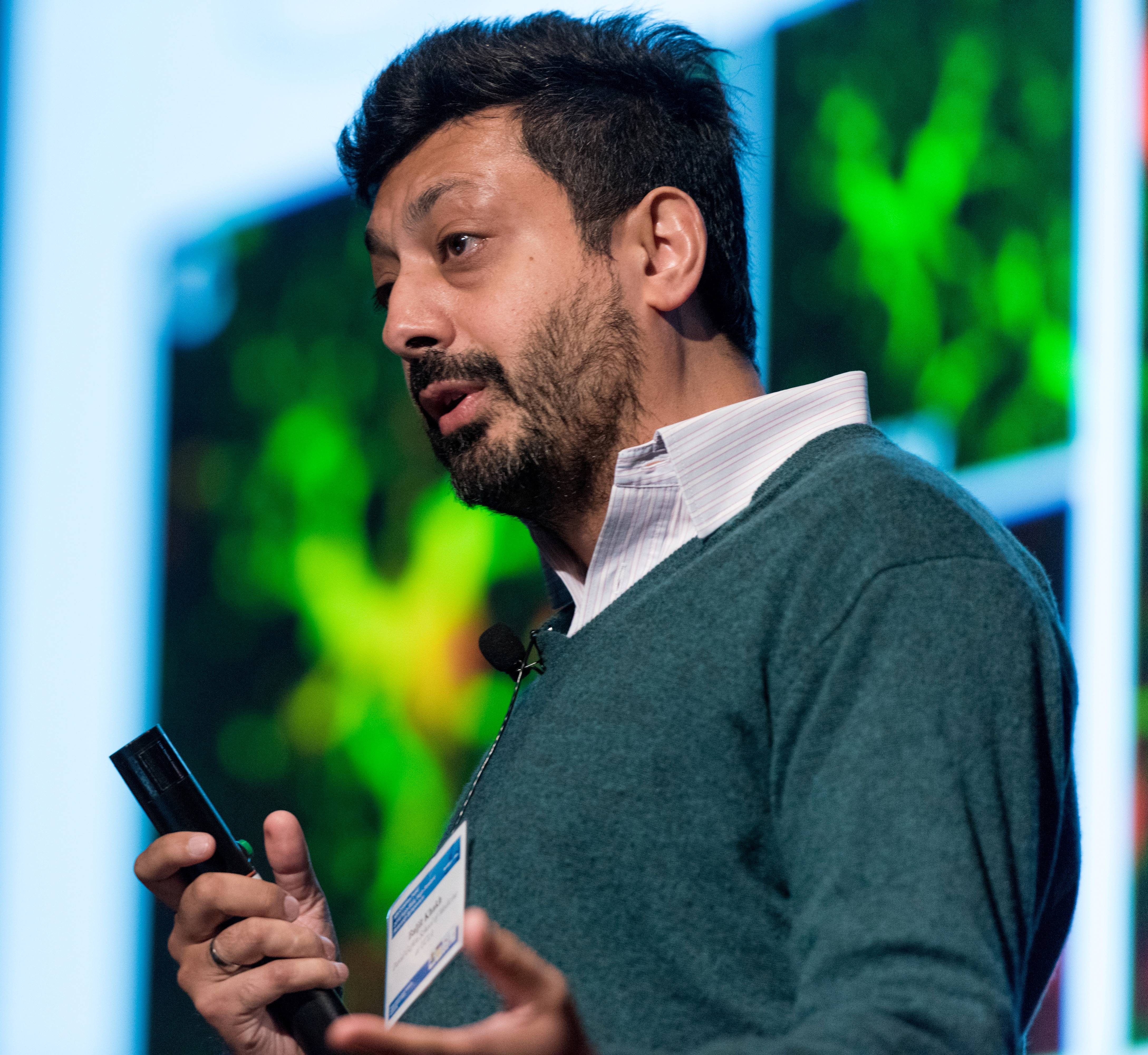
Astrocyte signaling within striatal microcircuits in vivo
Description
Wednesday, May 29, 2019
Time: 4:00 pm-5:00 pm, followed by reception
Speaker: Baljit S. Khakh, Ph.D.
Affiliation: Professor of Physiology and Neurobiology, University of California, Los Angeles
Host: Mriganka Sur, Ph.D., FRS
Talk title: Astrocyte signaling within striatal microcircuits in vivo
Abstract: Hyperactivity and disturbances of attention are common behavioral disorders whose underlying cellular and neural circuit causes are not understood. We will report the discovery that striatal astrocytes drive such phenotypes through a hitherto unknown synaptic mechanism. We found that striatal medium spiny neurons (MSNs) triggered astrocyte signaling via GABAB receptors. Selective chemogenetic activation of this pathway in striatal astrocytes in vivo resulted in acute behavioral hyperactivity and disrupted attention. Such responses also resulted in up-regulation of the synaptogenic cue thrombospondin-1 (TSP1) in astrocytes, increased excitatory synapses, enhanced corticostriatal synaptic transmission, and increased MSN action potential firing in vivo. All of these changes were reversed by blocking TSP1 effects. Our data identify a form of bidirectional neuron-astrocyte communication, and demonstrate that acute reactivation of a single, latent astrocyte synaptogenic cue alters striatal circuits controlling behavior, revealing astrocytes and the TSP1 pathway as therapeutic targets in hyperactivity, attention deficit and related psychiatric disorders.

